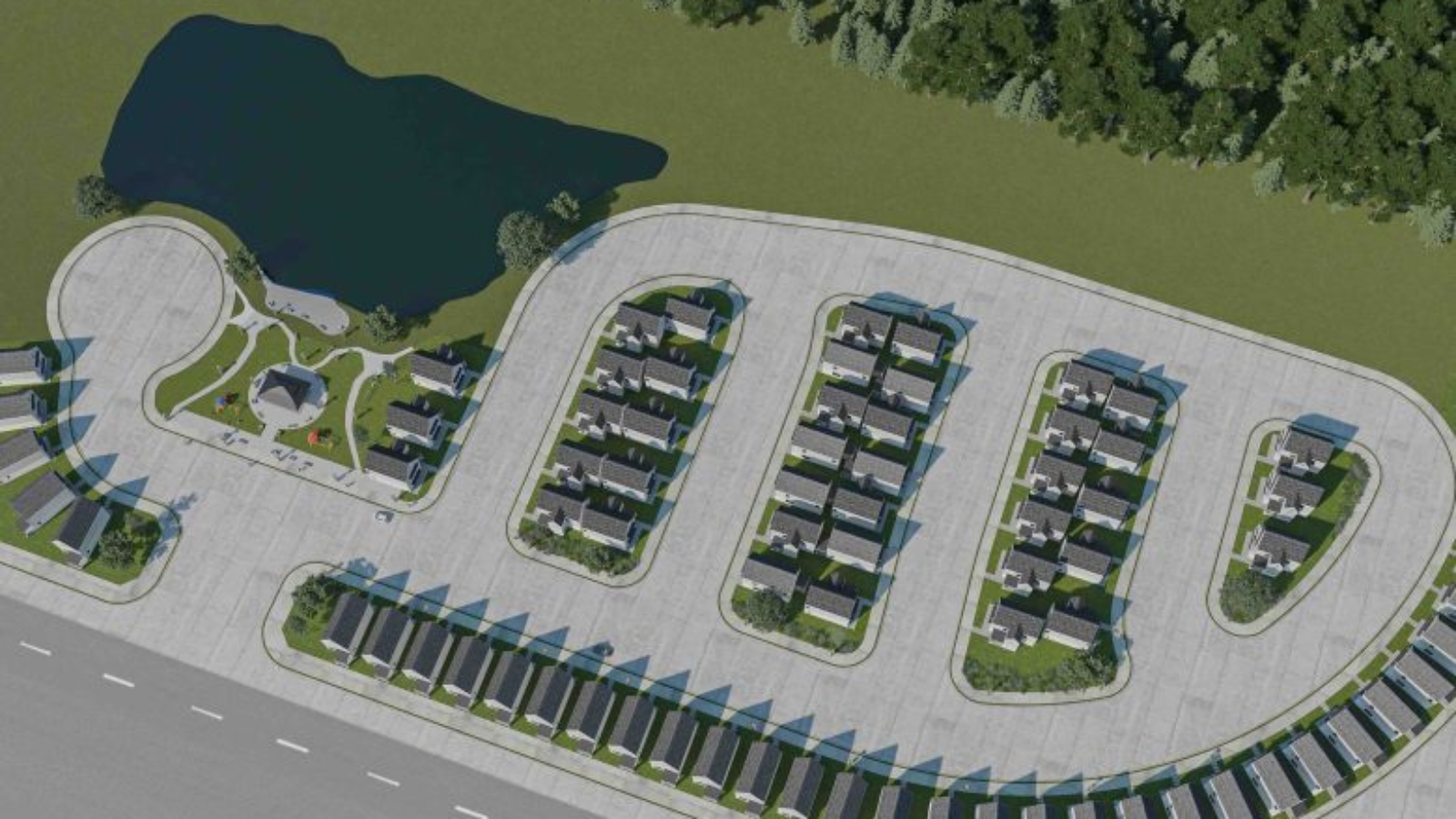HiveASMBLD, a Houston-based automated 3D printed construction company, has partnered with Cole Klein Builders and The City of Houston to create Zuri Gardens, one of the world’s first large-scale affordable housing developments produced using 3D printing technology.
Located in Southeast Houston, the project has now broken ground with the first 3D printed home expected to be built around October 2025. Completion is anticipated in 18 months. By blending 3D printing with panelized construction technology supplied by LP Building Solutions, this project is expected to unlock an unprecedented combination of quality and affordability.
 In conjunction with the City of Houston, the development will serve households earning up to 120% of the Area Median Income through the city’s Affordable Home Development Program (AHDP).
In conjunction with the City of Houston, the development will serve households earning up to 120% of the Area Median Income through the city’s Affordable Home Development Program (AHDP).
Spanning 13 acres, Zuri Gardens will feature 80 energy-efficient, high-quality, durable homes designed for sustainability and long-term value, with home sizes averaging around 1,360 square feet and pricing starting in the mid to high $200,000s. HiveASMBLD will print two unique home designs, each with two-bedroom and two-and-a-half bathroom configurations, along with an office/flex space and a covered patio.
Manufacturing on Demand
The homes also qualify for up to $125,000 in the city of Houston’s down payment assistance, adding to a deeper level of affordability for the future homeowner.
“The community we envision for Zuri Gardens is modern, safe, and one that residents will be proud to call home. When completed using HiveASMBLD’s innovative technology, this 3D printed multi-family community will exemplify the future of residential affordable living,” said Timothy Lankau, Founder and Co-CEO of HiveASMBLD. “Zuri Gardens homes will feature high-quality finishes that are more durable and sustainable than traditional builds, playing a key role in energy efficiency while standing up to the extreme weather conditions Houston endures.”

HiveASMBLD’s strategic blend of technological innovation and sustainability, using a proprietary low-carbon concrete product, aims to revolutionize housing by building functional, beautiful, and environmentally responsible structures that are accessible to all and can be applied to all types of residential build modalities.
“Zuri Gardens was born from the frustration of watching hardworking families get priced out of safe, resilient housing. We knew there had to be a better way—and with this project, we’re proving that there is,” said Vanessa Cole, Co-founder of Cole Klein Builders. “By combining visionary design, advanced construction technology, and powerful partnerships, we’re building more than just homes—we’re creating a blueprint for the future of equitable homeownership in Houston and beyond.”
You might also like:
Researchers advance 3D printed construction and energy storage: The first breakthrough addresses a major weakness in 3D printed concrete. While the technology is celebrated for its speed and precision in creating complex building structures, traditional mixes are prone to cracking and deterioration during freeze–thaw cycles in cold climates. The research team developed a new formulation incorporating an air-entrainment additive. This additive creates microscopic air bubbles within the concrete, giving it greater resistance to temperature fluctuations and significantly extending its service life. According to the team, this improvement could make 3D printed construction more viable for affordable housing and infrastructure projects in regions with harsh winters.
* This article is reprinted from 3D Printing Media Network. If you are involved in infringement, please contact us to delete it.
Author: Edward Wakefield


Leave A Comment